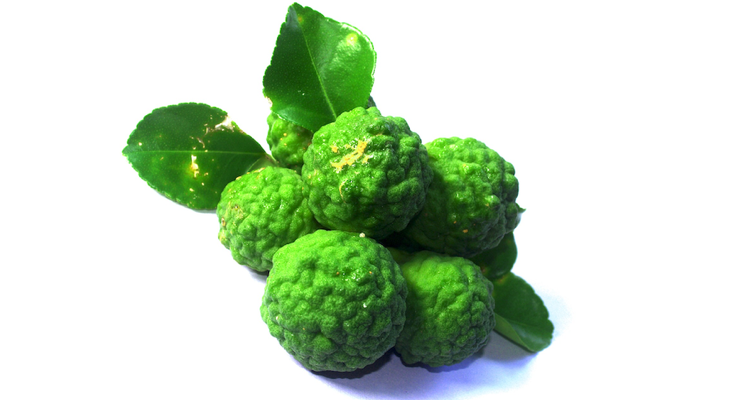Market Updates, Research
Bergamot Polyphenolic Fractions May Lower Cholesterol Profile
An animal study on HP Ingredients’ Bergamonte found that the ingredient lowered cholesterol in hyperlipidemic rats more than red yeast rice.

By: Mike Montemarano

Bergamot polyphenolic fraction (BPF) was shown to have superior cholesterol-lowering properties than a red yeast rice ingredient, according to a murine study published in Nutrients. The study also uncovered pathways by which BPF accomplishes these actions.
Within the past decades, several natural substances have been researched for their potential ability to manage lipid profiles, reducing the risks of diseases related to the arterial plaque created by elevated cholesterol and triglycerides. In the present study, a BPF ingredient marketed by HP Ingredients as Bergamonte was tested against red yeast rice, an ingredient marketed to support healthy blood cholesterol levels, in order to discern the different influences between the two.
Red yeast rice has been the subject of controversy, the authors of the study suggested, noting that it is imperative to find better nutraceutical solutions which aren’t as deeply tied to potential risks due to the fact that red yeast rice contains monacolin K, which is structurally identical to statins, a cholesterol-reducing drug.
“To date, clinical data suggest an efficacy of RYR in lowering serum cholesterol which has been determined in a range from 14% to 24% with a satisfactory safety profile, though causality between therapy and side described in several studies remains to be confirmed,” the authors wrote. “However, a European Food Safety Authority (EFSA) Scientific Panel, in 2018, highlighted several warnings in vulnerable populations (e.g., pregnant women) and concluded ‘to be unable to identify a dietary intake of monacolins from RYR, not giving rise to concerns about potentially harmful effects to health for the general population, and as appropriate, for vulnerable subgroups of the population.”
Rats which were fed a hyperlipidemic diet were administered either red yeast rice at 1 and 3 mg/kg, or BPF doses of 10 mg/kg for 30 consecutive days.
BPF administration counteracted the elevation of both LCL-C and triglycerides induced by the hyperlipidemic diet, an effect which was accompanied by significant reductions of malondialdehyde (MDA) and glutathione peroxidase serum levels, two biomarkers of oxidative stress. BPF administration also increased HDL cholesterol levels and significantly reduced proprotein convertase subtilisin/kexin type 9 (PSCK9) levels, which are at increased levels in hyperlipidemic subjects.
Red yeast rice treatment only produced a significant reduction of LCL-C, with minimal effects on triglycerides, HDL-C, glutathione peroxidase, MDA and PCSK9 expression.
“This indicates that while BPF and RYR both produce serum cholesterol-lowering benefits, BPF produces additional effects on triglycerides and HDL cholesterol compared to RYR at the doses used throughout the study,” the authors wrote. “These additional effects of BPF appear to be related to the reduction of PCSK9 expression and to the antioxidant properties of this extract compared to RYR, thereby suggesting a more complete protection from cardiometabolic risk.”
“This new study underscores the cardiometabolic multi-tasking ability of bergamot polyphenolic fractions,” Annie Eng, CEO of HP Ingredients, said. “Considering how red yeast rice is greatly limited in scope of action and is not recommended by the EFSA, Bergamonte is in a powerful position to dominate the heart health supplement sector.”
Nearly 12% of adults 20 years and older had total cholesterol higher than 240 mg/dL, and about 17% had HDL levels less than 40 mg/dL, a report in Circulation from the American Heart Association found.


